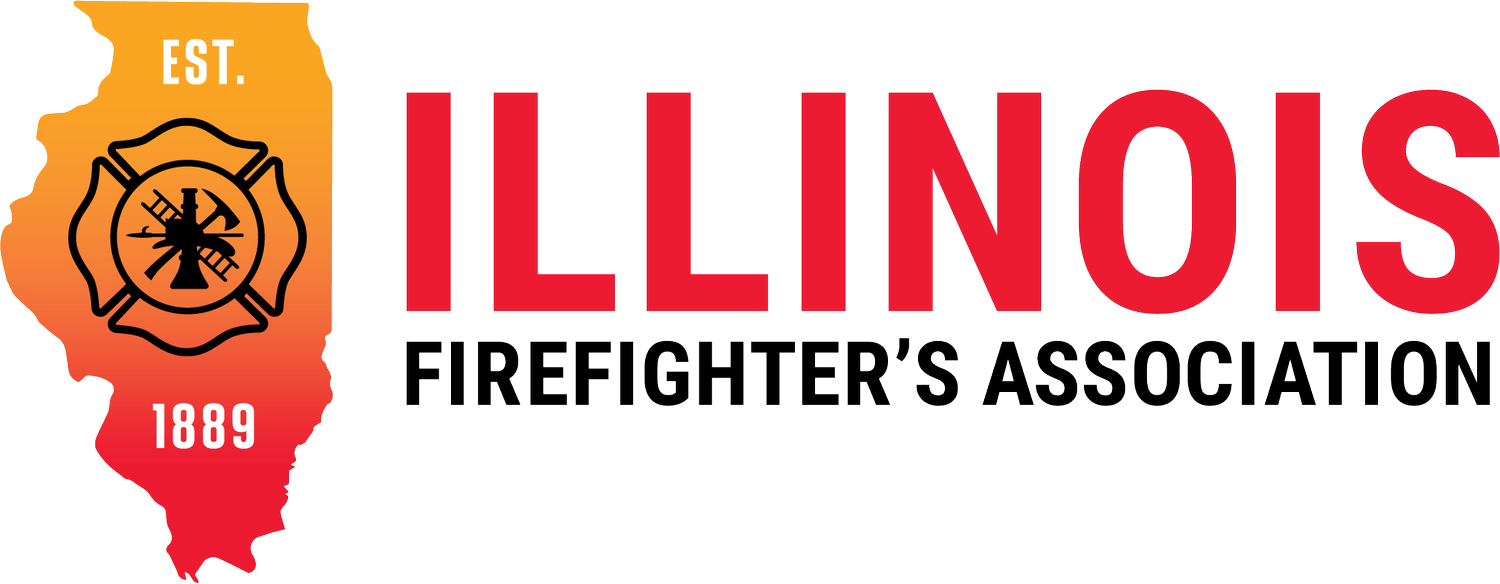About Us
When disaster happens, you rise to the challenge and give it your all, diminishing the destruction and ensuring the safety and security of others. You put it all on the line for your community.
But there is a community that is here just for you. The Illinois Firefighter’s Association (IFA) was founded in 1889 to provide you the tools and support you need when the alarm sounds. We are dedicated solely to providing what you need, including:
Hands-on training to prepare your mind and body with the knowledge and skills you need to move towards destruction safely and purposefully;
A united voice for the firefighter community when working with local, state and national governments to ensure your safety, well-being and legacy is protected;
Fellowship and a community of brothers and sisters who support you and our common mission to serve our communities;
Best practices on how to limit your exposure to the cancer-causing chemicals firefighters regularly encounter; and
Awareness and skills to help keep our environments and communities safe by decontaminating trucks and equipment.
QUICK FACTS
299 fire department members
15 associate members
9 association members
As of Jan. 1, 2023
As a member, you’ll enjoy many benefits, including:
Training sponsorships
News and updates
Discounts on firefighting supplies, clothing and equipment
Payments from the Indemnity Fund (if your department participates)
No-cost annual training event
Fire and EMS training scholarships
Training equipment grants
Advocacy at all levels of government
OUR MISSION
Dedicated to the advancement of the Fire Service by providing leadership. The Illinois Firefighter’s Association will proudly support the health and welfare of the community of firefighters in Illinois through education, training, benefits and information networking at the local, state and national levels.
